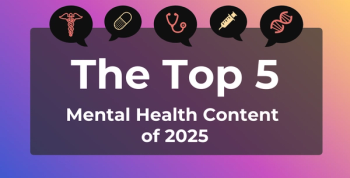
5 Significant OCM Questions Addressed During the COA Payer Summit
At the Community Oncology Alliance's Payer Exchange Summit VII: Oncology Payment Reform, practices shared their challenges and successes in the second year participating in the Oncology Care Model.
The Oncology Care Model (OCM) is a 5-year pilot that was floated in 2016 by CMS’ Centers for Medicare & Medicaid Innovation (CMMI). An episode-based care model, OCM incentivizes high-quality, coordinated care to improve outcomes of patients receiving chemotherapy for their cancer. Currently, 190 practices and 14 commercial payers remain enrolled in the program—the multi-payer model is expected to have a much bigger impact on practice transformation.
Practices received their first feedback report earlier this year, and The Community Oncology Alliance (COA) invited physicians, practice administrators, and payers, including CMS, to discuss their successes and challenges at the Payer Exchange Summit VII: Oncology Payment Reform, October 23-24, 2017, in Tyson's Corner, Virginia. Here’s a look at some of those discussions:
1. Progress in year 1
Physicians and practice administrators from 2 oncology practices participated on an
2. Need to educate the staff
In an interview with The American Journal of Managed Care® (AJMC®), Gordon spoke about the need for operational and revenue cycle changes that are vital for an OCM practice, along with the need for efficient communication.
For their large practice, Gordon
3. The elephant in the room: 2-sided risk
A
None of the panelists committed to signing on for downside risk. “We need more visibility into the data elements before making a jump,” Mattour said. “It’s difficult to attribute the reasons for a symptom, and patient populations differ. We need more time and data,” he added.
4. Physician incentives for 2-sided risk
Cevallos wants more clarity on the metrics so physicians realize what they are signing up for with 2-sided risk. “Some of those could be financial incentives or ensuring that we’re in compliance with certain measure that the physician feels that is really going to drive quality for the oncology patients,” she
5. Are oncology practices fully immersed in OCM?
The reviews are mixed. Celeste Roschuni, PhD, user researcher, Tuple Health,
- The dubious patient
- The reluctant participant
- High-expectations patient
- The pathway participant
The categories were primarily based on how well the practice was prepared to participate and their incentive to do so.
Roschuni highlighted the fact that it requires a spectrum of activities—it is not a single event. A major learning from the survey was the importance of physician buy-in—a fact that was reiterated by several participants at this year’s meeting.
Newsletter
Stay ahead of policy, cost, and value—subscribe to AJMC for expert insights at the intersection of clinical care and health economics.







































